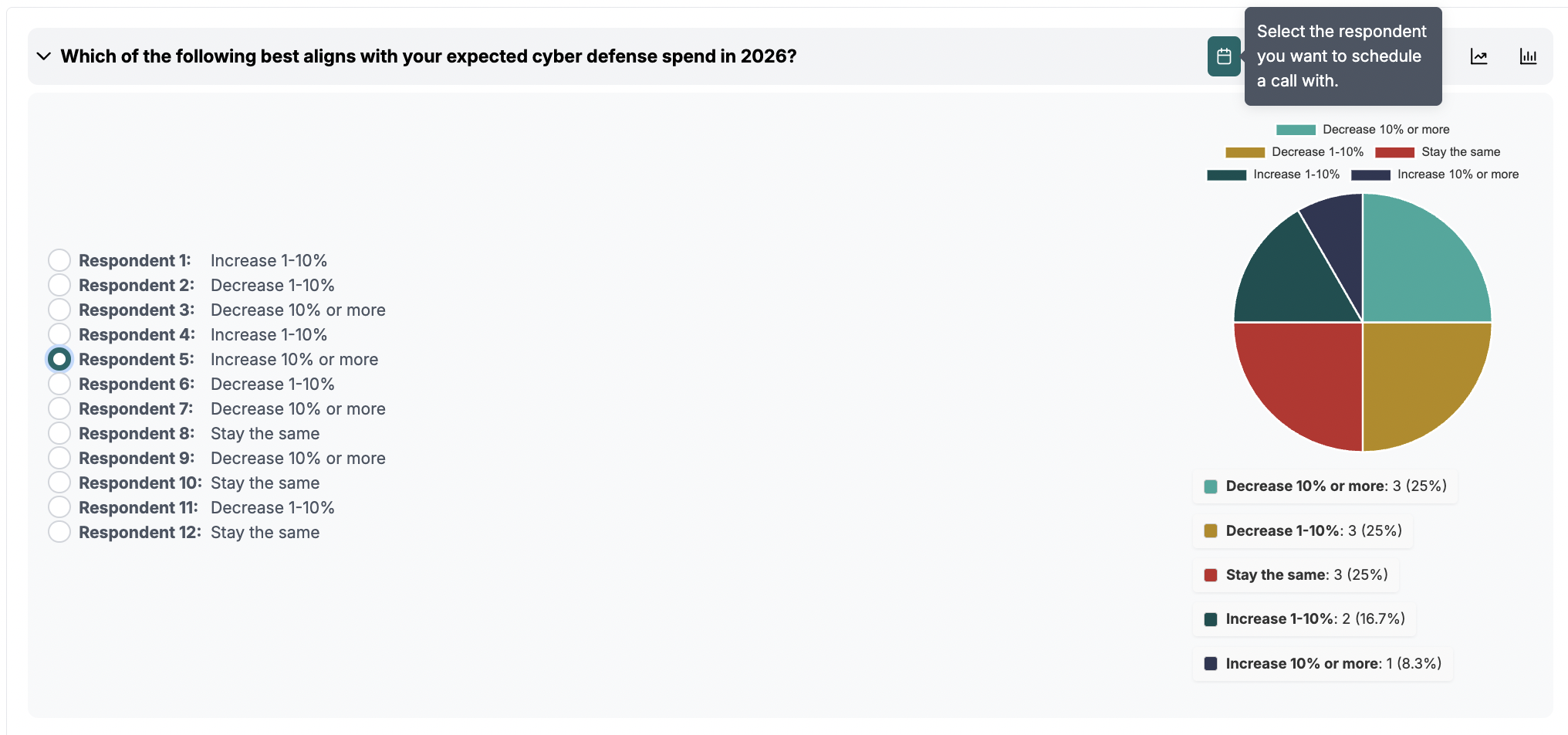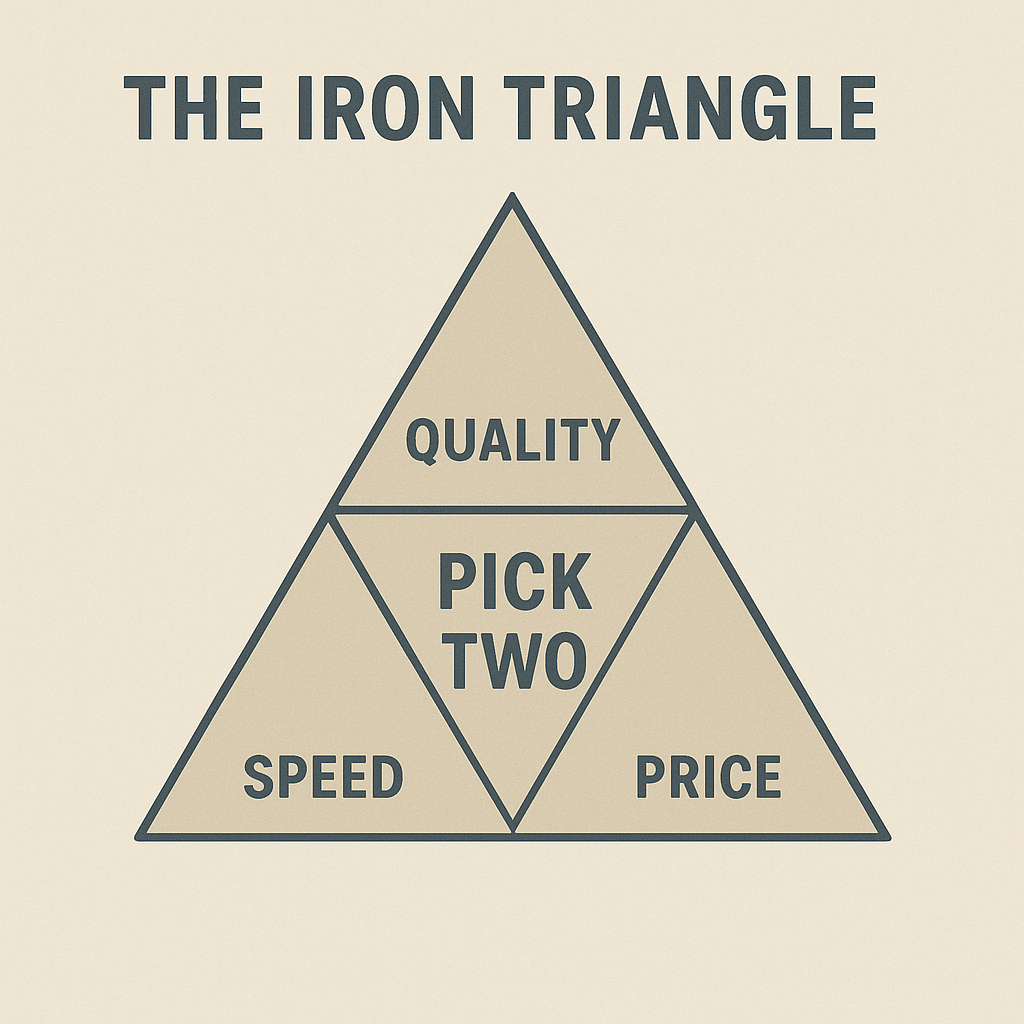
Why Quant-to-Qual Research Needs to Go From “Nice” to “Necessary”
Most research teams can tell you what their data says. Very few can tell you why it says it. That’s one of the issues with how a lot of B2B research is done today. We’ve become great at measuring patterns including clicks, ratings, trends, and NPS, but our ability to understand the humans behind them hasn't kept up or gets ignored. Surveys and user activity capture behavior, not the story and context behind it.
Over time, that gap between what’s measurable and what’s meaningful has turned into one of the biggest blind spots in the industry.
Why Quant-to-Qual Matters
A Quant-to-Qual approach fixes that gap by adding a layer of transparency and depth.
It starts with quantitative scale and a survey that captures broad trends, identifies key segments, and highlights anomalies. Then, it brings those patterns to life by re-engaging selected respondents for in-depth interviews. When you can talk to the people behind your data, you can validate that they’re real, understand what influenced their answers, and uncover nuances no reasonable survey could reveal.
Example Flow
- Run a survey: for example, 250 respondents.
- Analyze patterns: spot outliers, trends, and meaningful subgroups.
- Select 10–20 participants: run interviews based on those patterns.
- Explore underlying motivations: uncover emotions behind their responses.
- Synthesize results: merge numeric trends and human narratives in one integrated report.
The result? You don’t just know that something is happening. You know why it’s happening.

A New Standard of Transparency
Quant-to-Qual research creates a natural audit trail. For decades, this method wasn't happening at scale because surveys were seemingly done in a black box consisting of aggregators, panels, and multiple layers of vendors. Not only did this set the stage for survey fraud, it also meant surveys and interviews were rarely done in tandem. That often meant using different vendors for each part of the project and added project costs.
If a survey provider can’t reconnect you with survey respondents for interviews, that’s a sign your “representative sample” might not be what it seems. In a story for another time, the frustrations and shock from when our CEO was trying to source qualitative research through panels, led to ThinkEasy being created! It’s a simple litmus test: transparency through recontact. Being able to reach real people, and get them to talk, proves that your survey results came from genuine, engaged professionals.
How ThinkEasy Makes It Possible
At ThinkEasy, we’re helping researchers realize Quant-to-Qual research isn't a novelty anymore, it's here and it's available now. Our platform makes it easy to move from Survey to Interview or vice versa without question. No more vendor excuses, unnecessary project minimums, stalling, or other tactics designed to dissuade researchers from surveying the very people that just took their survey.
Researchers can not only recruit verified B2B participants for surveys but also re-engage those same professionals for interviews, all within a transparent, closed-loop system. Don't forget our industry leading 5x money back self-insurance policy on cases of survey fraud.
Remember, numbers tell you what’s happening, but people tell you why. Find out the what and why on your next project with ThinkEasy!
Get Started Today: https://app.thinkeasy.co/register





